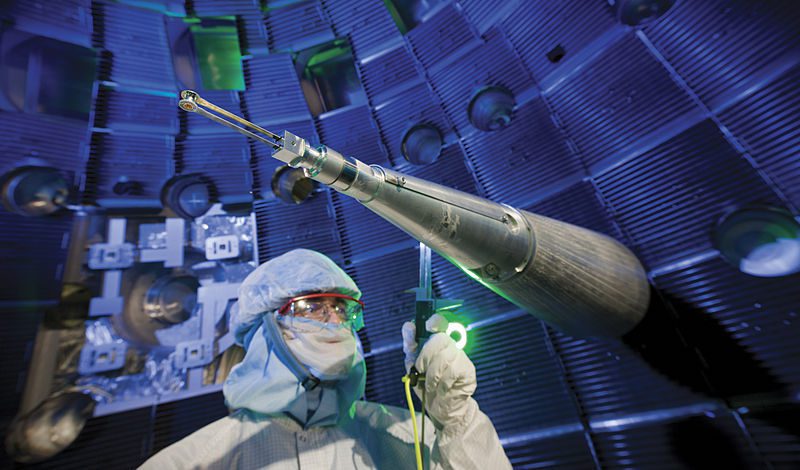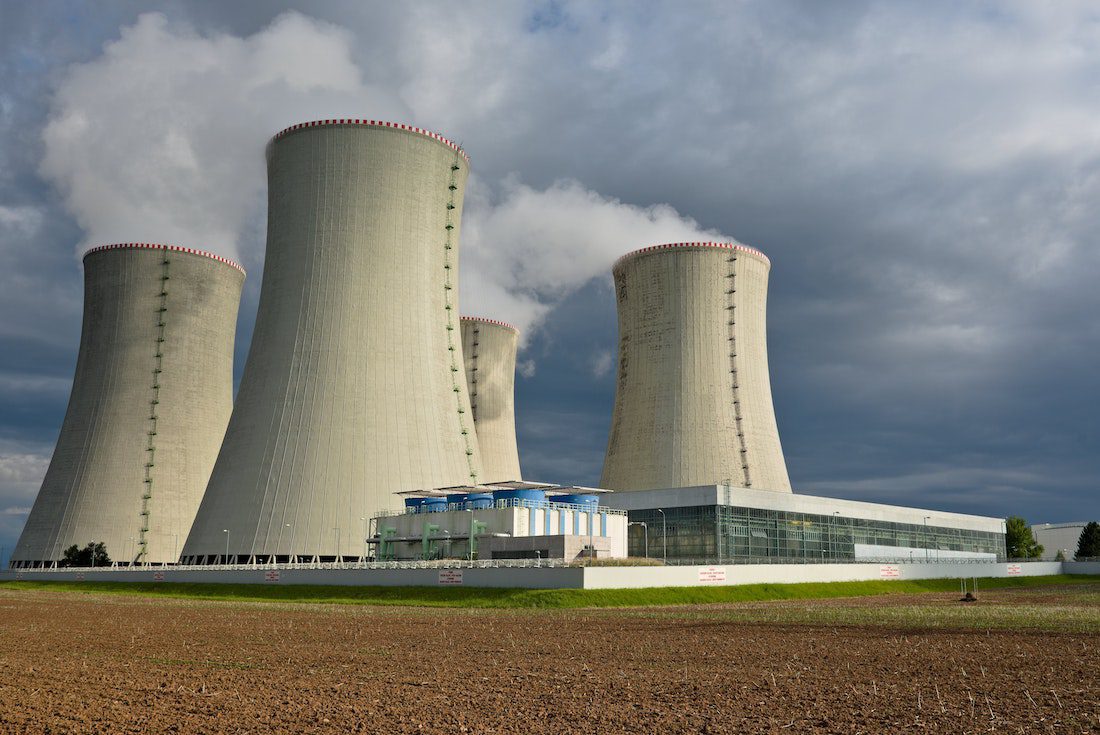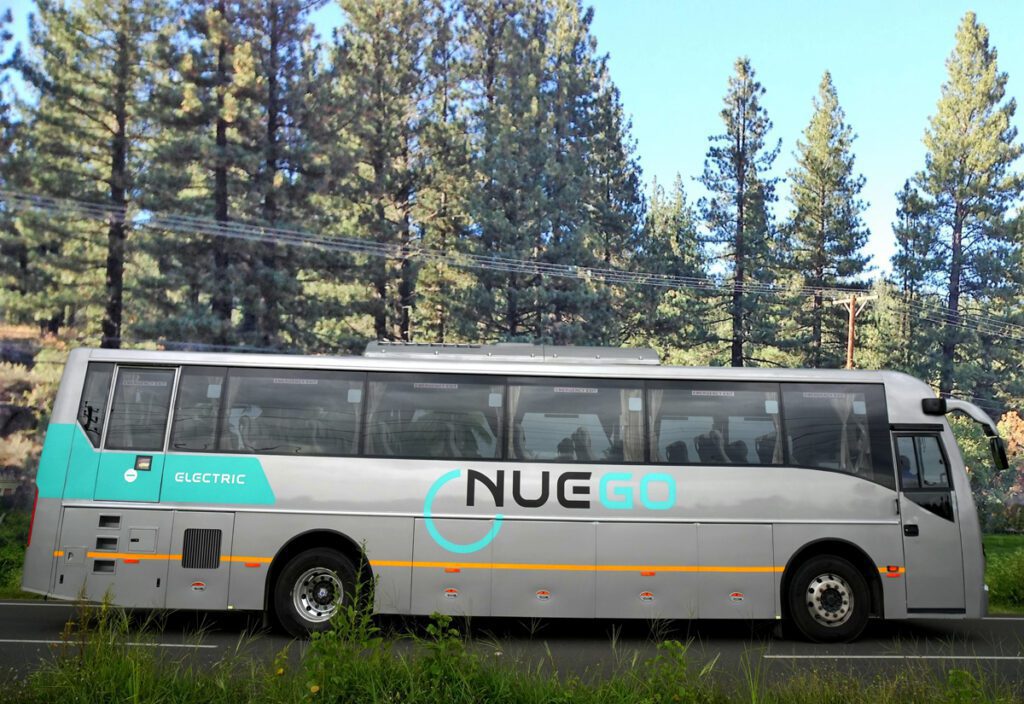Table of Contents
A recent announcement from the National Ignition Facility (NIF) United States in nuclear fusion technology has revealed a significant step forward in the world of carbon-free energy. Researchers have accomplished a fusion reaction that resulted in a “net energy gain,” creating more energy than used to initiate a fusion reaction.

This achievement marks the first time researchers have generated more energy from fusion reactions than used to begin the process. This is a very big achievement known as ignition or energy gain.
A very small quantity of nuclear fuel can generate a huge amount of energy that can run a power plant for many years. The technology will take time to be turned into viable power plants.
Generating Energy with Nuclear Fusion Technology
The National Ignition Facility is a worth billions laser complex at Lawrence Livermore National Laboratory in California. The energy of 3.15 MJ was produced from 2.05 MJ energy and it costs around $3.5 billion. This technology works on the principles which power the sun, providing a carbon-free source of energy that can produce more energy than current nuclear fission technology.
The Experiment
To initiate the fusion experiment, researchers put two isotopes of Hydrogen, Deuterium (D), and Tritium (T), into a tiny capsule of a scaled very small size. They then bombarded a high-intensity light beam from 192 lasers into a centimetre-long gold cylinder called a hohlraum.
The intense energy heats the container to more than 3 million degrees Celsius, causing the electrons to come out from their parent atom of the two isotopes.
In the plasma state, which is a mixture of positively charged ions and negatively charged electrons, the nuclei combine through the bombardment of light. This fusion of nuclei leads to the release of enormous amounts of energy, which is the fundamental principle behind nuclear fusion.
How Does Nuclear Fusion Technology Work?
The intricacy of nuclear technology primarily revolves around the controlled disintegration of atoms. An atom is comprised of a nucleus, consisting of electrically charged protons and electrically neutral neutrons, with electrons orbiting around it in multiple rings, akin to the sun and the planets.

Scientists have been working on this fundamental approach, but it has taken almost half a century to achieve the result. The enormous challenges in the experiment make it a difficult task. To fuse two nuclei, one obstacle must overcome the Coloumb Barrier. In order to surmount this hurdle, an immense amount of energy is necessary, resulting in a temperature of 100 million Kelvin, six times higher than the temperature at the core of the Sun.
There are two primary approaches used to initiate a fusion experiment, which differ in how energy is supplied. A recent study at the Lawrence Livermore facility employed a high-intensity laser beam, known as “thermonuclear inertial fusion,” to start the fusion reaction. The alternative method is to use a powerful magnetic field to initiate the experiment.
Carbon Free Energy
Nuclear Fusion Technology energy has the potential to offer a safe and carbon-free source of electricity that does not produce greenhouse gas emissions. Scientists suggest that a relatively small amount of fusion fuel can generate enough energy to power a plant for several years without releasing any carbon dioxide. The advancements in nuclear fusion technology have the potential to fundamentally transform the way we address the energy crisis and the significant challenges associated with energy sources that emit carbon
India’s Contribution
India joined the International Thermonuclear Experimental Reactor (ITER) Project in 2005 and has since conducted several R&D experiments and manufactured various components for this mega project. The Institute of Plasma Research in Ahmedabad is the primary institute in India leading the effort to harness fusion energy. The largest experimental fusion energy facility in the world, known as the ITER project, is under construction in France, with 35 countries collaborating on its development. As per the projected timeline, the ITER project is expected to be prepared for commercial demonstration by 2040.







